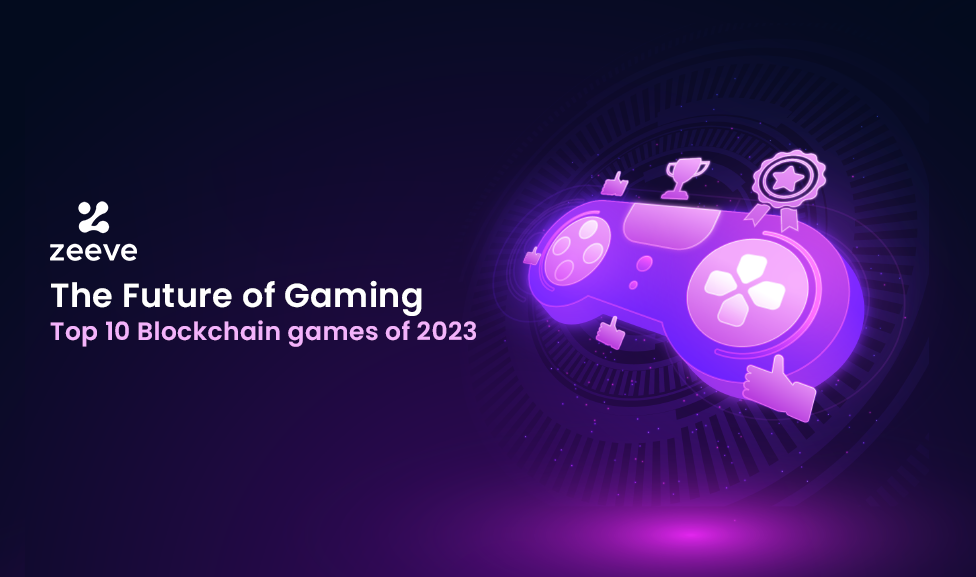Blockchain and NFTs in Online Games: Hype or the Future?

The gaming industry is constantly evolving, embracing new technologies to enhance player experiences and create innovative revenue models. In recent years, blockchain technology and non-fungible tokens (NFTs) have emerged as major talking points within the gaming community. While some view them as the next frontier in online games, others remain skeptical, questioning whether the hype will translate into long-term value. Understanding the role of blockchain and NFTs in gaming requires exploring both their potential benefits and the challenges they present.
What Are Blockchain and NFTs?
Blockchain is a decentralized digital ledger that securely records transactions across multiple computers. It allows for transparent and immutable tracking of digital assets, making it ideal for verifying ownership in virtual environments.
NFTs are unique digital assets stored on a blockchain. Unlike traditional digital items, which can be copied endlessly, NFTs are one-of-a-kind, giving players true ownership of in-game assets such as skins, collectibles, characters, or virtual land. Ownership of NFTs can also enable players to sell, trade, or showcase their items outside the game.
The Potential Benefits for Gamers
1. True Ownership of Digital Assets
In traditional online games, purchased items or achievements remain under the control of the game developer. Blockchain and NFTs shift this paradigm, allowing players to truly own their digital assets. This ownership is secure and verifiable on the blockchain, giving gamers the freedom to trade or sell items in secondary markets.
2. Play-to-Earn Models
NFTs have enabled the rise of play-to-earn games, where players can earn real-world value by participating in in-game activities. Players can trade rare items, characters, or virtual land for cryptocurrency or fiat money. This model opens new revenue streams and provides an incentive for players to invest time and effort into gaming.
3. Enhanced Transparency and Security
Blockchain technology ensures that transactions are transparent, secure, and tamper-proof. This reduces the risk of fraud, counterfeit items, or unauthorized modifications in virtual economies. For gamers, it creates a more trustworthy ecosystem for digital trading and asset management.
Challenges and Criticisms
Despite its promise, integrating blockchain and NFTs into online games comes with challenges:
- Environmental Concerns: Certain blockchains, especially those using proof-of-work, consume large amounts of energy, raising sustainability concerns.
- Market Speculation: NFT markets can be highly volatile, with prices influenced by hype rather than intrinsic value. Players may face financial losses if they invest in overvalued assets.
- Complexity: Understanding blockchain and NFTs requires a steep learning curve for casual gamers, potentially limiting mainstream adoption.
- Regulatory Uncertainty: Governments are still defining how digital assets and NFTs should be regulated, which could affect their legal status and market stability.
These factors contribute to skepticism about whether NFTs are a long-term solution or merely a passing trend.
Blockchain and NFTs in Game Design
Some developers are already experimenting with blockchain integration to enhance gameplay:
- Scarcity and Rarity: NFTs can create limited-edition items, increasing value and desirability.
- Cross-Platform Assets: Players may use their NFTs across multiple games, creating interoperability and long-term engagement.
- Decentralized Economies: Blockchain allows player-driven marketplaces, giving gamers more control over the in-game economy.
However, success depends on careful design that balances financial incentives with fun and engaging gameplay. Without this balance, games risk alienating traditional players or creating speculative bubbles.
Hype or the Future?
While blockchain and NFTs generate excitement, the technology is still in its early stages within gaming. Some games, particularly those with strong communities and real-world value, demonstrate the potential for long-term adoption. Others are criticized for prioritizing profits over gameplay quality.
Platforms like qqemas or astroslot showcase how digital ecosystems can successfully combine engagement, ownership, and monetization. Similarly, blockchain games may eventually provide new opportunities for player empowerment, economic participation, and creative expression—but only if developers focus on meaningful integration rather than short-term hype.
Final Thoughts
Blockchain and NFTs in online games offer both promise and challenges. On one hand, they enable true ownership, secure transactions, and play-to-earn opportunities, potentially transforming the gaming landscape. On the other hand, environmental concerns, market volatility, and accessibility issues suggest caution.
Whether blockchain and NFTs become the future of gaming or remain a temporary trend will depend on responsible implementation, thoughtful game design, and broad community adoption. For players and developers alike, understanding these technologies is crucial to navigating the evolving digital gaming economy.
